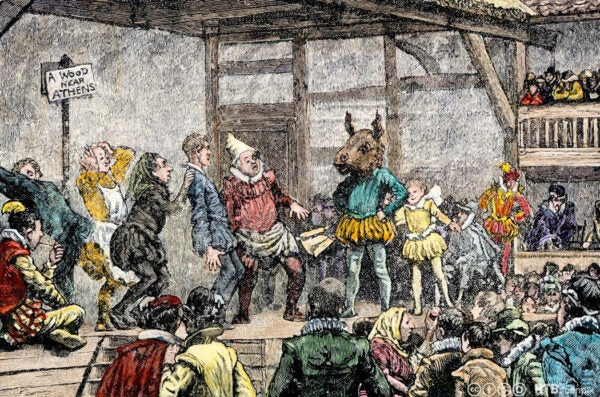America lost one of its great living writers last week when E.L. Doctorow passed away. The author of Ragtime died in New York at age 84 due to complications from lung cancer on Tuesday, July 21.
Along with The Book of Daniel, World’s Fair, Billy Bathgate, The Waterworks, and The Lives of Poets, Ragtime — listed on Time Magazine’s Top 100 American Novels and the Modern Library’s 100 Best English-Language Novels — is one of Doctorow’s many works to be set in New York City. The city was Doctorow’s place of birth and home for much of his life, growing up during World War II and eventually teaching at NYU.
In an interview from 1995, Doctorow spent time talking about the city he lived in for the vast majority of his life. He talks about growing up at a time when Europe’s best minds were emigrating to the city, how he finds 19th century architecture omnipresent in Manhattan, and how the history of the main branch of the New York Public Library on 42nd St influenced his book The Waterworks through its history as a water reservoir and gathering place for New Yorkers before Central Park became city dwellers’ preferred place to spend a lazy afternoon.
It’s fascinating because he doesn’t often get mentioned as one of the great New York novelists, as a novelist who captures the zeitgeist of a city that sits central to American lore. But his work reveals an unending fascination with the city. His novels look at the city he lived in, as well as the city that was there before him in some of his historical work, like Ragtime, with clarity and nostalgia.
Among the great stories he tells is seeing the city from the window of his SoHo apartment on a foggy day when the fog swallowed the tall 20th century constructions whole until “the entire twentieth century was erased,” leaving Doctorow to see nothing but the street level in what he called “an uncanny experience.” He continues, “I was looking at the city that Melville walked in. I was looking at the nineteenth century.”
This (along with thinking about the former water reservoir where the main branch of the library now exists) formed the seed of his novel The Waterworks.
Read the full interview to get a unique perspective on the literary giant’s relationship with the city that never sleeps.







